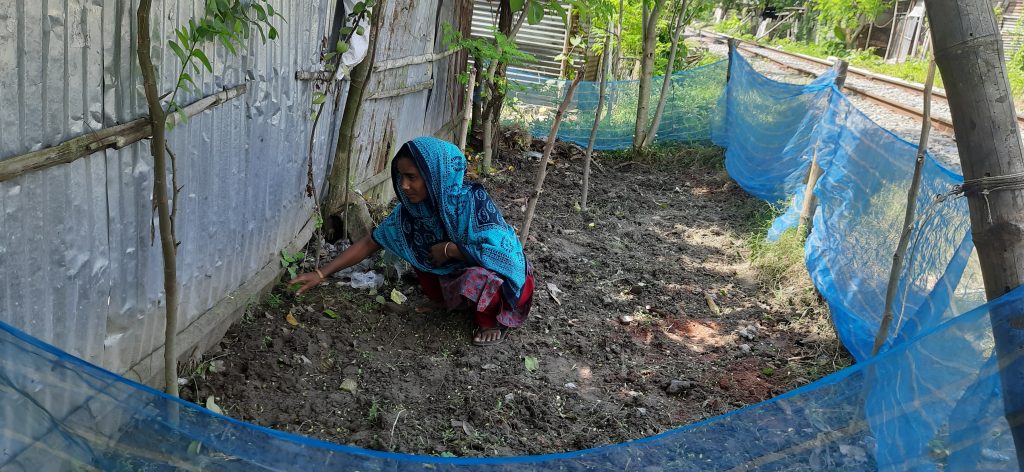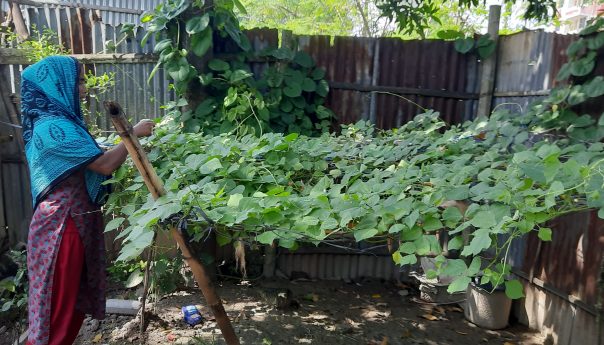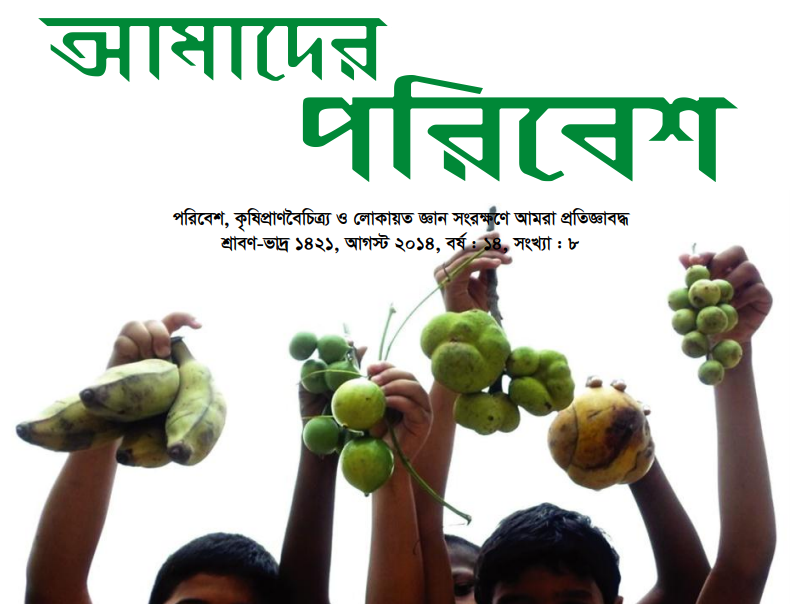Amit Sarkar from Rajshahi
Food is what a person eats to meet the body’s needs and nutrients. Foods are also classified according to nutritional content. However, in order to build a hunger-free world, ensuring the adequacy of nutritious food and the ability to obtain food for all the population needs to be ensured.
The world has become warmer day by day due to the excessive emission of carbon resulted from the luxurious life and livelihoods of humankinds. The climate has changed drastically which poses negative impact on the world environment. Thus is a need to ensure that global development plans should be such that the current economic progress is ensured without any harmful impact on nature, environment and ecosystems. That is, to continue current development while ensuring future environmental protection.

Urbanization is one of the most familiar and widely used terms in the world today. In order to meet the basic, human and contemporary needs of the growing population of the world, the countryside is being destroyed and new cities are being built all over the world. Our country is no exception. In the hope of getting the benefits of urbanization, lakhs of forests are being destroyed and multi-purpose buildings including markets, offices and courts are being constructed.
According to the United Nations, by 2030, about two-thirds of the world’s population will live in cities, and the urban population of developing countries will double. In this rush of urbanization we are losing our ample agricultural land, fertile land and vast amount of tree resources as well.
Therefore, steps should be taken now to maintain a better life and livelihood in the future and to meet the shortage of agricultural land and production caused by the massive urbanisation. In this case, we can highlight the immense potential of urban agriculture as a beautiful and simple solution.
Many people are cultivating vegetables in various slums including Baharampur, Daspukur, Srirampur, Kasiadanga, Namovhadra and Rupali slums of Rajshahi Nagar by using carrot, tub method and cleaning the soil by digging holes. Landless people are cultivating various types of vegetables like, gourds, beans, chillies, brinjals near their houses in the city. In this regard, Madhumala of Daspukur Basti said, “We are benefiting a lot, by growing vegetables, we are able to eat ourselves and because of giving these vegetable plants to grow, we get some relief from both cold and heat.” He also said, ‘As a result, our body is healthy. Children’s diseases are decreasing. Again, we are getting to eat poison-free vegetables.’
Jahura Begum of the same slum said, “I have a bean, pepper and eggplant plants in my house. I don’t need to buy pepper all year round.” I can exchange my vegetable with my neighbors and collect some vegetable which I don’t grow, from them through this exchange.’
Mumtaz Begum’s (52+) husband of Rupali Basti of Bhadra area is a paralyzed patient with only one son who drives a rickshaw and supports the family of four including son and daughter-in-law. It becomes difficult for Mumtaz to meet medical treatment and food expenses with only the income from one’s rickshaw. Mumtaz Begum thus planted carrots, tubs and holes in her small space and planted chillies, brinjals, gourds, oats, sweet pumpkins. This helps her to save the vegetable cost and even can sell the surplus that earns her additional cash. There are many such examples in the slums of Rajshahi city.

As urban agriculture is directly related to the environment, it helps to increase environmental awareness by protecting soil fertility, ensuring water quality, protecting biodiversity, rainwater harvesting, water recycling, production and use of bio-fertilizers, etc. Because whenever a person wants to do farming in his backyard or rooftop, he will be interested to know and use the most simple and effective methods that can be used repeatedly.
It may not be possible to grow field crops (rice, wheat, corn etc.) in urban houses, but by growing almost all kinds of vegetables and various fruits, we can reduce the pressure of these cultivations on cultivated land. Urban agriculture increases the total amount of agricultural land in each country. As a result, the problem on how to feed billions of people in a country with nutritious food using less land is solved, so is food security for the future.
Diversification of production and balanced distribution of the food system must be addressed to provide food and nutrition to the growing population. In these uncertain times of climate change, we must all work together to ensure nutritious food for people while maintaining sustainable food management.
Translated by Silvanus Lamin

